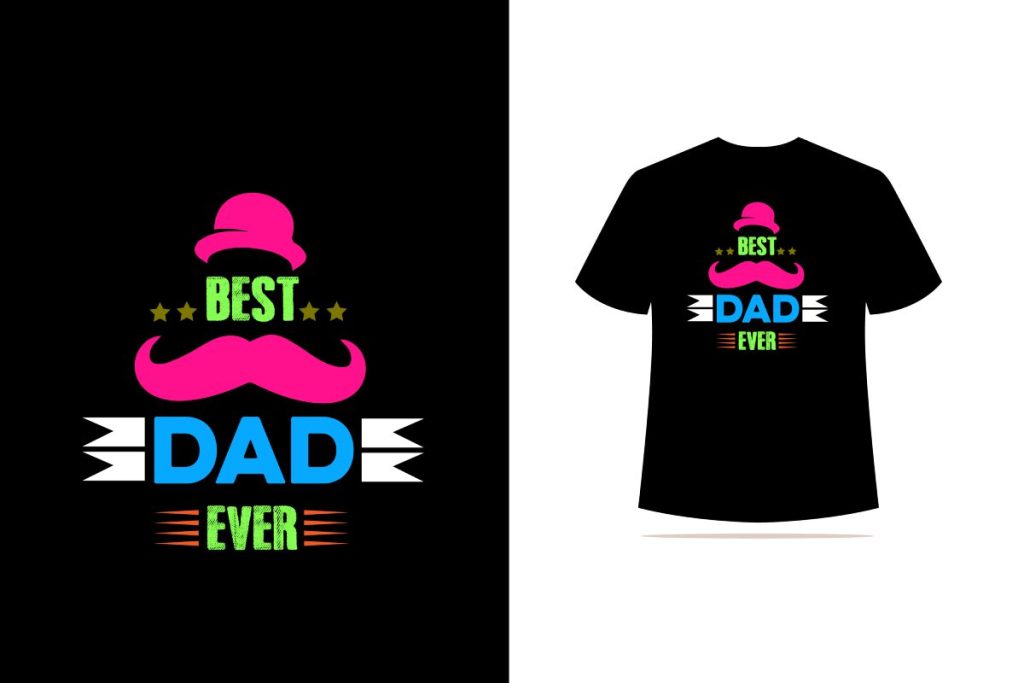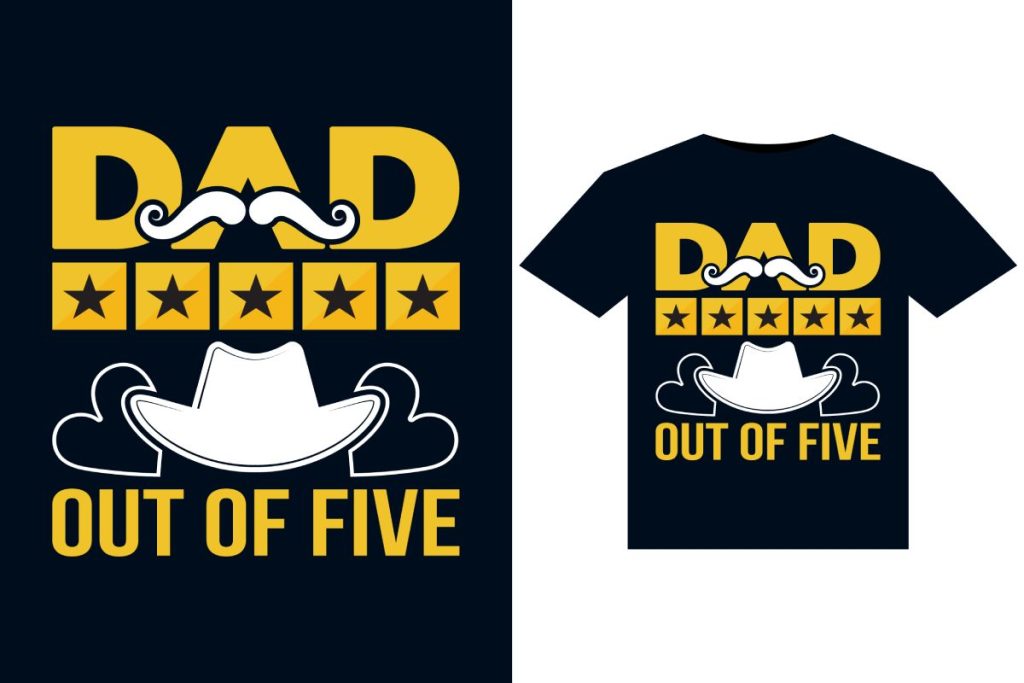In the world of custom apparel printing, choosing between DTF vs Screen Printing can define the quality and aesthetic of your products. Each technique brings its own set of advantages to the table, from DTF printing advantages that highlight flexibility and vibrant colors, to the traditional screen printing benefits of durability and cost-effectiveness for large orders. As businesses aim for personalization in their offerings, understanding the unique merits of DTF technology versus established screen printing techniques becomes crucial. This comparison elucidates the nuances that can impact print quality, production efficiency, and overall cost. Whether you’re a small business or a large brand, knowing which method suits your project best can make all the difference in bringing your creative vision to life.
When deciding on a printing technique for your clothing line, the conversation often centers around Direct-to-Film and traditional Screen Printing methods. These two printing options cater to diverse market needs and artistic desires, each with distinct functionalities that appeal to various business models. An effective overview of the pros and cons associated with DTF technology and classic screen printing techniques is essential for businesses looking to enhance their product offerings. With advancements in both technologies, understanding their respective strengths can guide your decision-making process toward achieving the best results for your custom apparel projects. Evaluating these methods and their impacts on design quality and production costs will empower you to choose wisely in a competitive marketplace.
Understanding DTF Printing Advantages
Direct-to-Film (DTF) printing has gained significant attention in the custom apparel industry due to its numerous advantages that cater to modern-day printing needs. One of the key benefits of DTF is its versatility; it works exceptionally well across various fabric types—be it cotton, polyester, or blends. This means businesses can expand their offerings and accommodate different clients without being limited to specific materials. Furthermore, DTF technology allows for vibrant colors and intricate designs, making it ideal for artists and small enterprises looking to create standout patterns that capture attention.
Another remarkable advantage of DTF printing is its capability for small order quantities, providing an excellent solution for those needing custom apparel without the burden of minimum order limits. This flexibility empowers startups and small businesses to test designs or fulfill niche requests without incurring large costs associated with traditional printing methods. Additionally, as personalization trends continue to rise, DTF printing enables businesses to meet the demand for customized products effectively and economically.
Benefits of Screen Printing Techniques
Screen printing techniques have been a staple in the apparel industry for decades due to their efficiency and durability. One of the biggest advantages of this method is its long-lasting prints; designs made through screen printing typically maintain their integrity through multiple washes and wear, which is crucial for products expected to have longevity. This durability makes screen printing the go-to choice for businesses looking to produce high-quality promotional merchandise or uniforms that require exceptional endurance.
Moreover, screen printing is particularly cost-effective for large production runs. When businesses require bulk quantities, the cost per item significantly decreases, making it an economical choice. This efficiency stems from the ability to print multiple items in a single run, minimizing setup and production time. By leveraging screen printing techniques, companies can maintain steady inventory levels while keeping production costs manageable, fulfilling large orders without sacrificing quality.
Comparing DTF vs Screen Printing
When it comes to choosing between DTF and screen printing, it is vital to consider the specific requirements of your project. DTF vs screen printing highlights distinct advantages that can sway your decision based on print complexity and desired output. While DTF excels in producing detailed, vibrant graphics, making it ideal for custom designs, screen printing is preferred for bulk orders due to its lower cost per unit and robust durability. Understanding these differences enables businesses to align their print methods with their brand’s needs effectively.
Additionally, the choice between DTF and screen printing can impact lead times and production capabilities. DTF printing often allows for faster turnaround times for smaller runs, which is advantageous for businesses needing quick delivery on customized orders. In contrast, the setup process for screen printing can be more cumbersome, especially with multi-color designs. Balancing the need for speed against the benefits of durability provided by screen printing is essential for making an informed decision that meets both time constraints and quality expectations.
Recent Innovations in DTF Technology
DTF technology has witnessed remarkable innovations over recent years, continuously closing the gap with traditional screen printing methods. Advancements in the quality of inks and the materials used in DTF printing have significantly improved the durability of prints, addressing previous concerns regarding the longevity of DTF-printed designs. As manufacturers invest in better equipment and materials, the output of DTF printing becomes increasingly comparable to the established strengths of screen printing.
Furthermore, as businesses adapt to the changing landscape of custom apparel printing, many are embracing DTF as a practical alternative to traditional methods. DTF’s ability to produce high-quality prints without the need for extensive setup makes it an attractive solution for small custom orders or unique designs. The rising popularity of DTF printing among apparel producers hints at a future where both DTF and screen printing co-exist, with each method being used where it shines the brightest.
Screen Printing Benefits for Bulk Orders
Screen printing remains the preferred choice for many businesses focusing on bulk orders due to its cost-effectiveness and efficiency. When producing large quantities of items, this method allows for a significant reduction in the cost per unit, making it a financially viable option for merchandise, uniforms, or promotional items. By utilizing screen printing, businesses can maximize profitability without compromising the quality of their products.
Moreover, the efficiency of screen printing techniques enables businesses to maintain consistent quality across large runs. This ensures that each item retains the same color consistency and durability, fundamentally critical in maintaining brand reputation. The established nature of screen printing has secures its place in the industry, where businesses depend on reliable, cost-efficient methods for their production needs.
Future Trends in Custom Apparel Printing
As the custom apparel printing industry evolves, emerging trends suggest a growing inclination towards hybrid solutions that utilize both DTF and screen printing. This approach allows businesses to take advantage of DTF’s ability to produce detailed designs while harnessing screen printing’s strengths in bulk production and durability. By blending techniques, businesses can provide a broader range of products, catering to diverse consumer demands.
In addition to hybrid methods, advancements in technology are paving the way for greater automation in both DTF and screen printing processes. This shift will likely enhance production speeds and reduce costs for businesses, reinforcing the need to stay abreast of the latest technological developments. As brands continue to increase their personalization efforts, adapting to new printing technologies will be key in maintaining competitiveness in a dynamic market.
Frequently Asked Questions
What are the DTF printing advantages compared to screen printing?
DTF printing offers several advantages over screen printing, including versatility in fabric application, vibrant color reproduction, and the ability to handle small order quantities. This makes DTF printing ideal for custom apparel projects needing detailed designs.
How do screen printing benefits outweigh those of DTF for bulk orders?
Screen printing is highly beneficial for bulk orders due to its cost-effectiveness and durability. Once the setup is complete, the cost per item decreases significantly, making it economically viable for large runs, whereas DTF may carry higher costs for every print.
What is the main difference in DTF technology and traditional screen printing techniques?
The main difference lies in the application method; DTF technology prints designs onto a film that is then transferred to fabric using heat, allowing for intricate designs. In contrast, traditional screen printing uses mesh screens and requires separate setups for each color, making it less suited for detailed imagery.
Is DTF printing suitable for detailed custom apparel designs?
Yes, DTF printing is uniquely suitable for detailed custom apparel designs. Its capability to produce intricate graphics with vibrant colors makes it an excellent choice for artists and brands looking to create high-quality custom apparel.
What are the durability considerations for DTF versus screen printing?
Screen printing generally boasts higher durability compared to DTF due to its thicker ink layers, which can withstand multiple washes better. However, recent advancements in DTF technology are improving print durability, narrowing the gap between the two.
In what scenarios should I choose DTF vs screen printing for my apparel printing needs?
Choose DTF when you’re focusing on small runs with complex, colorful designs, ideal for custom apparel. Opt for screen printing when dealing with large quantities of simpler designs, as it provides a more cost-effective solution for bulk production.
| Feature | Direct-to-Film (DTF) | Screen Printing |
|---|---|---|
| Versatility | Can be applied to a variety of fabrics including cotton and polyester. | Best suited for larger bulk orders, not as versatile. |
| Color Vibrancy | Produces vibrant, high-quality images with intricate details. | Effective for solid colors but struggles with intricate designs. |
| Order Flexibility | No minimum order size, ideal for custom jobs and small businesses. | More economical for larger batches due to lower cost per unit. |
| Durability | Quality may degrade faster after washing compared to screen prints. | Highly durable and withstands numerous washes. |
| Setup Time | Quicker setup for designs; easier for small runs. | Time-intensive as each color needs a separate screen. |
| Cost of Equipment | Higher initial costs for DTF printing equipment. | Lower setup cost for bulk production without specialized equipment. |
Summary
DTF vs Screen Printing reveals significant differences in the world of fabric printing. DTF is known for its vibrant colors and versatility, making it perfect for intricate designs and small orders, while Screen Printing shines in durability and cost-effectiveness for large batches. The choice between these methods largely hinges on your specific printing needs. As personalization trends continue to rise, understanding these key differences will empower businesses to choose the most suitable method for their projects.



